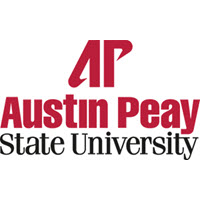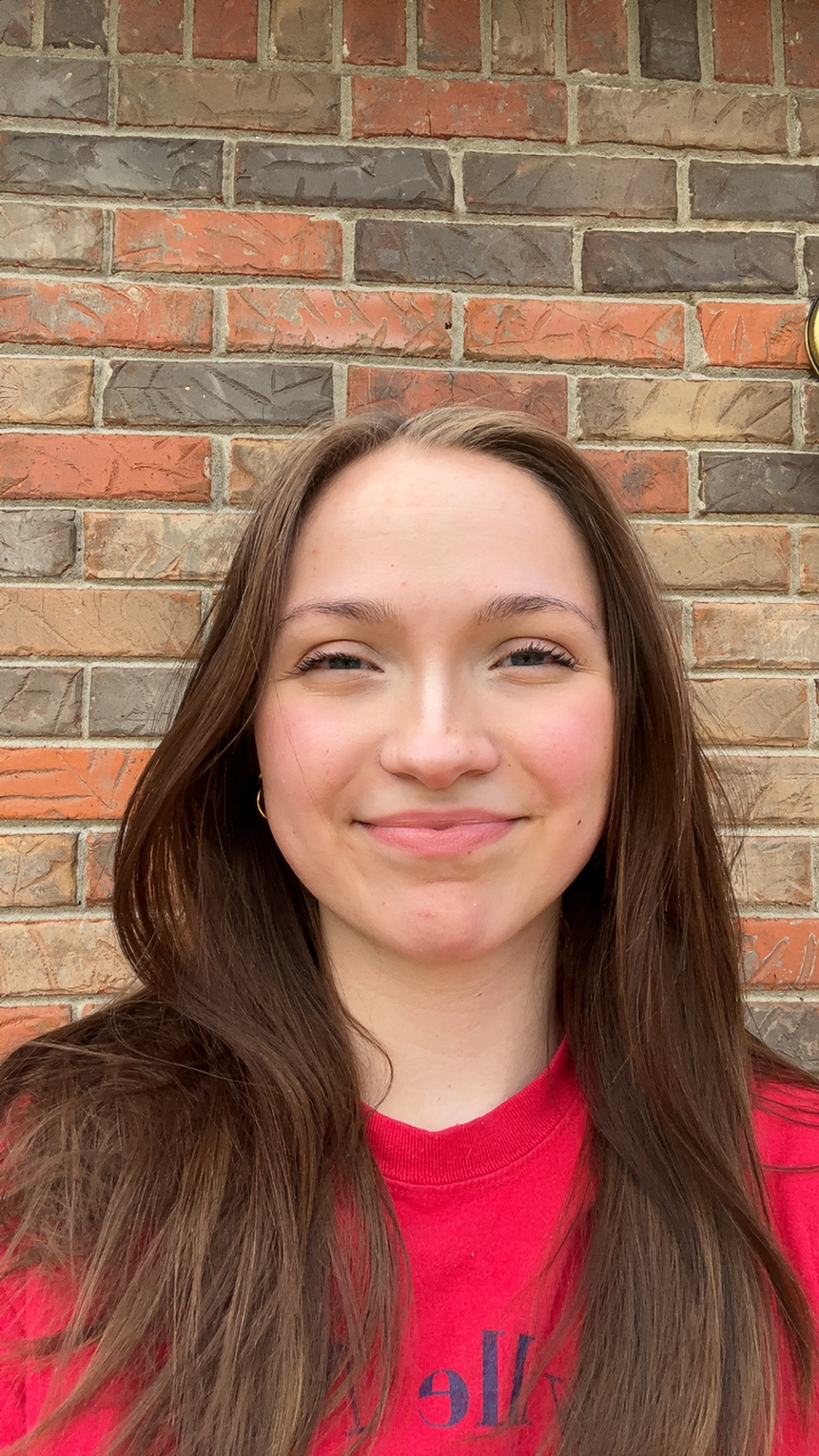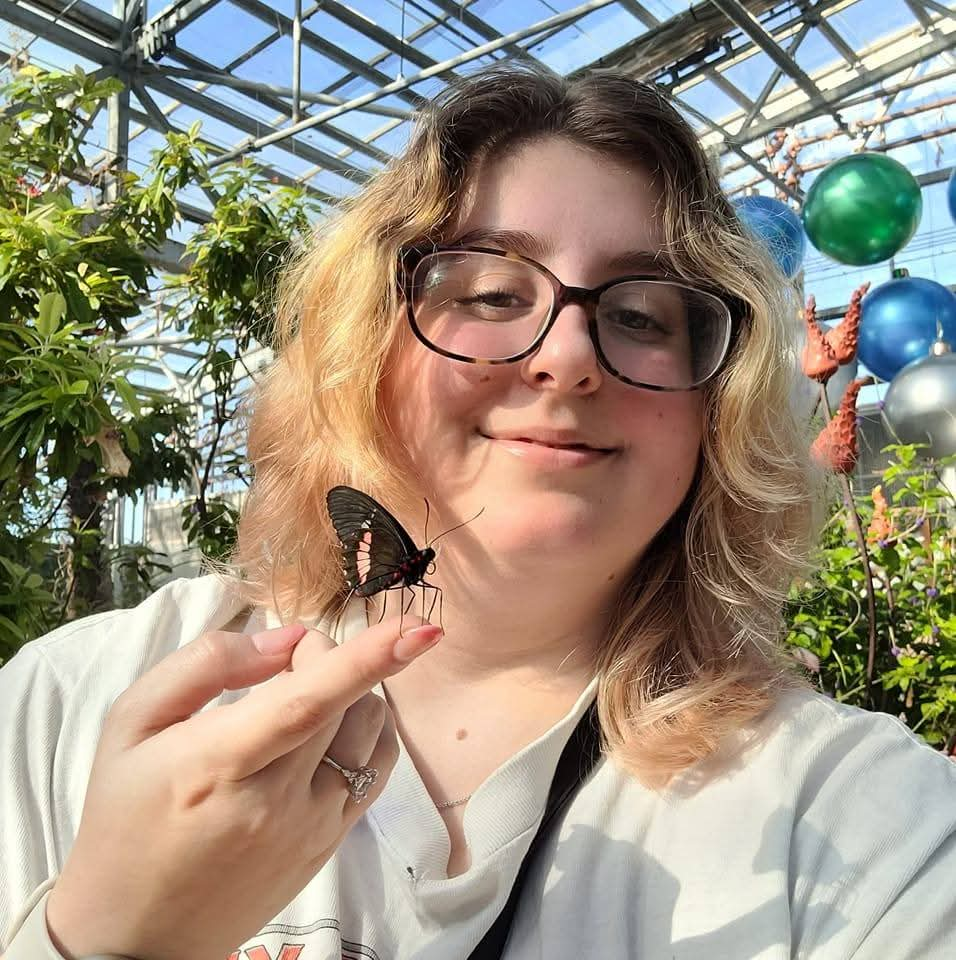Below is a summary of the abstract you submitted. Presenting author(s) is shown in bold.
If any changes need to be made, you can modify the abstract or change the authors.
You can also download a .docx version of this abstract.
If there are any problems, please email Dan at dar78@pitt.edu and he'll take care of them!
This abstract was last modified on April 10, 2025 at 4:44 p.m..

To broaden our understanding of bacteriophage diversity and evolution, two new bacteriophages, LordBart and Bramble were isolated from damp soil in Clarksville, Tennessee using the bacterium Microbacterium foliorum. After purification and amplification to high titer lysates, the appearance of LordBart was examined using transmission electron microscopy with negative staining, revealing characteristics of a siphovirus with an icosahedral capsid and a flexible tail. While the electron microscopy was not done for Bramble yet, the electron micrographs for previously characterized cluster EA bacteriophages suggests that Bramble most probably to have siphoviral morphology like LordBart. Bacteriophage DNAs were isolated at Austin Peay State University and then sequenced at the Pittsburgh Bacteriophage Institute. The sequencing results revealed that both bacteriophages found to be from the same cluster EF. The size of LordBart’s DNA is 56,975 bp with GC content of 62.7% while the size of Bramble’s DNA is 56,961 bp with GC content also of 62.7%. Manual genome annotation identified 86 predicted protein-coding genes in each bacteriophage; 32 of these genes were assigned predicted functions in each bacteriophage. LordBart also carried one tRNA gene, which is not present in Bramble. According to Gene Content Similarity (GCS) analysis, the two bacteriophages share 97.15% gene content similarity, with the tRNA gene being the only unique feature of LordBart. Both bacteriophage genomes contain copies of a conserved 13 bp sequence motif (5’-GGGAAGGAACCCG), which is slight variation of the motif (5’-GGGAAAGGACCCC) reported in other EF cluster bacteriophages, AnnaSerena and Krampus (Jacobs-Sera et al., 2020).



